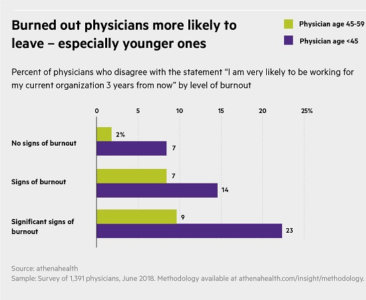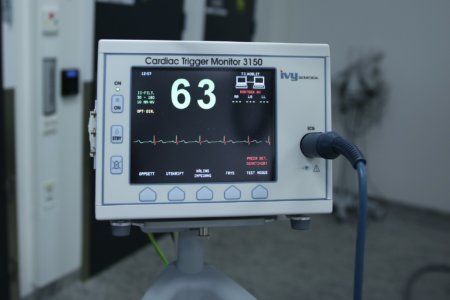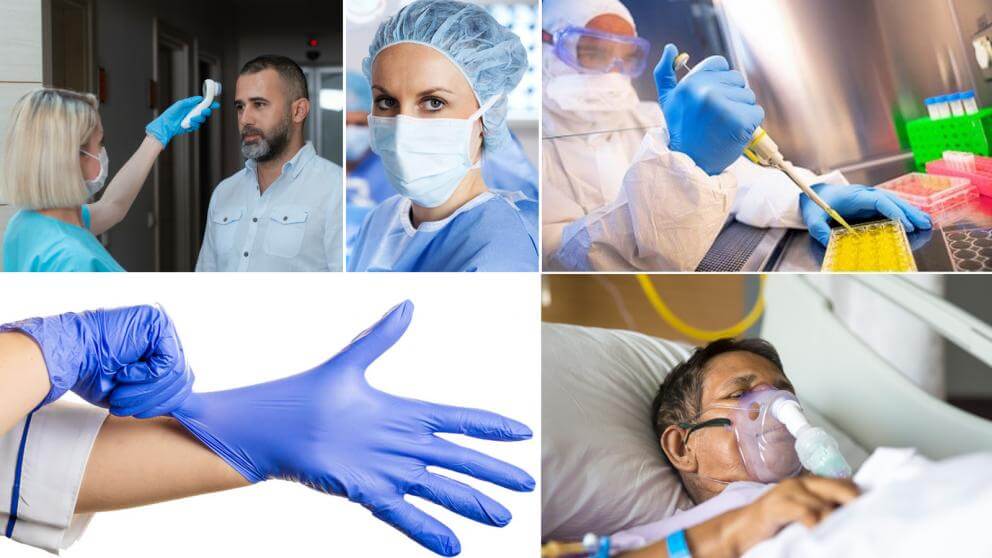The continued adoption of Internet-related equipment, devices, and services in the health industry is expected to drive the market to reach nearly $200 billion by 2024 according to a new report prepared by Laura Wood at Research and Markets.
By the end of 2020, it is estimated that there will be 21 billion connected devices in the world. That will be five times as many as just four years ago. This fact affects healthcare as much as any industry.
On a personal level, this trend has the potential to bring liquidity to your health data that has always existed but has yet to be captured and evaluated for therapeutic benefit. Patients can contribute longitudinal data on real-time health signals and treatment response that AI and machine learning technologies can evaluate in ways never before possible. These non mean-reverting data sets could predict health risks earlier than traditional clinical methods that rely on symptoms, improve R&D and enhance clinical studies using real-time data.
The industry adoption of technology in healthcare is driven by an increase in government mandates, staffing shortages, improving clinical outcomes, and increasing pressures on healthcare functions. The growing availability of services and vendors will increase access to complex systems and provide more options directly focused on meeting the demands of the health industry. The rise of health-related Internet of Things (IoT) is producing advancements, particularly in light of COVID-19, and demand is expected to grow exponentially in the next five years, especially through expanded adoption of telemedicine.
IoT can be used to increase diagnostic rates and improve accuracy, allowing for caretakers to make fast, more informed decisions for patients. There is a large physician shortage across the world and misdiagnosis rates are skyrocketing. With medical professionals under more pressure than ever before, IoT can have a meaningful impact on the healthcare industry.

Due to the rapidly growing elderly population, health issues are increasing, while there is a concerted effort to control costs. IoT healthcare devices provide a lower cost and less intrusive way to manage health. Wearables, medication reminders, and portable diagnostic devices reduce the number of visits to a doctor and increase the level of care. Sometimes this is referred to as digital therapeutics.

FDA
According to the FDA, the organization is “reimagining” its approach to digital health medical devices. It aims to develop pragmatic approaches to optimally foster the development of high-quality, safe, and effective digital health products, while assuring timely patient access. FDA intends to develop a precertification program that could replace the need for a premarket submission for certain products and allow for decreased submission content and/or faster review of the marketing submission for other products.
The first step is a pilot program to develop a new approach toward regulating this technology – by looking first at the software developer or digital health technology developer, not the product. Under this firm-based approach, the FDA’s Center for Devices and Radiological Health (CDRH) could “pre-certify” eligible digital health developers who demonstrate a culture of quality and organizational excellence based on objective criteria, for example, that they can and do excel in software design, development, and validation (testing).
Pre-certified developers could then qualify to be able to market their lower-risk devices without additional FDA review or with a more streamlined premarket review. This streamlined premarket review could include reduced submission content, faster review of that content by CDRH staff, or both. In addition, firms that take advantage of their “pre-cert” status could collect real-world data postmarket that might be used, for example, to affirm the regulatory status of the product, as well as to support new and evolving product functions. Firms may be able to take advantage of the National Evaluation System for health Technology (NEST), a national evaluation system to generate evidence across the total product lifecycle of medical devices by strategically and systematically leveraging real-world evidence advanced analytics to data tailored to the unique data needs and innovation cycles of medical devices.
The FDA does not regulate software that provides health care providers with educational information about COVID-19 because this software is not a medical device.
The FDA has refined its guidance for digital health policies and public health solutions for COVID-19.

